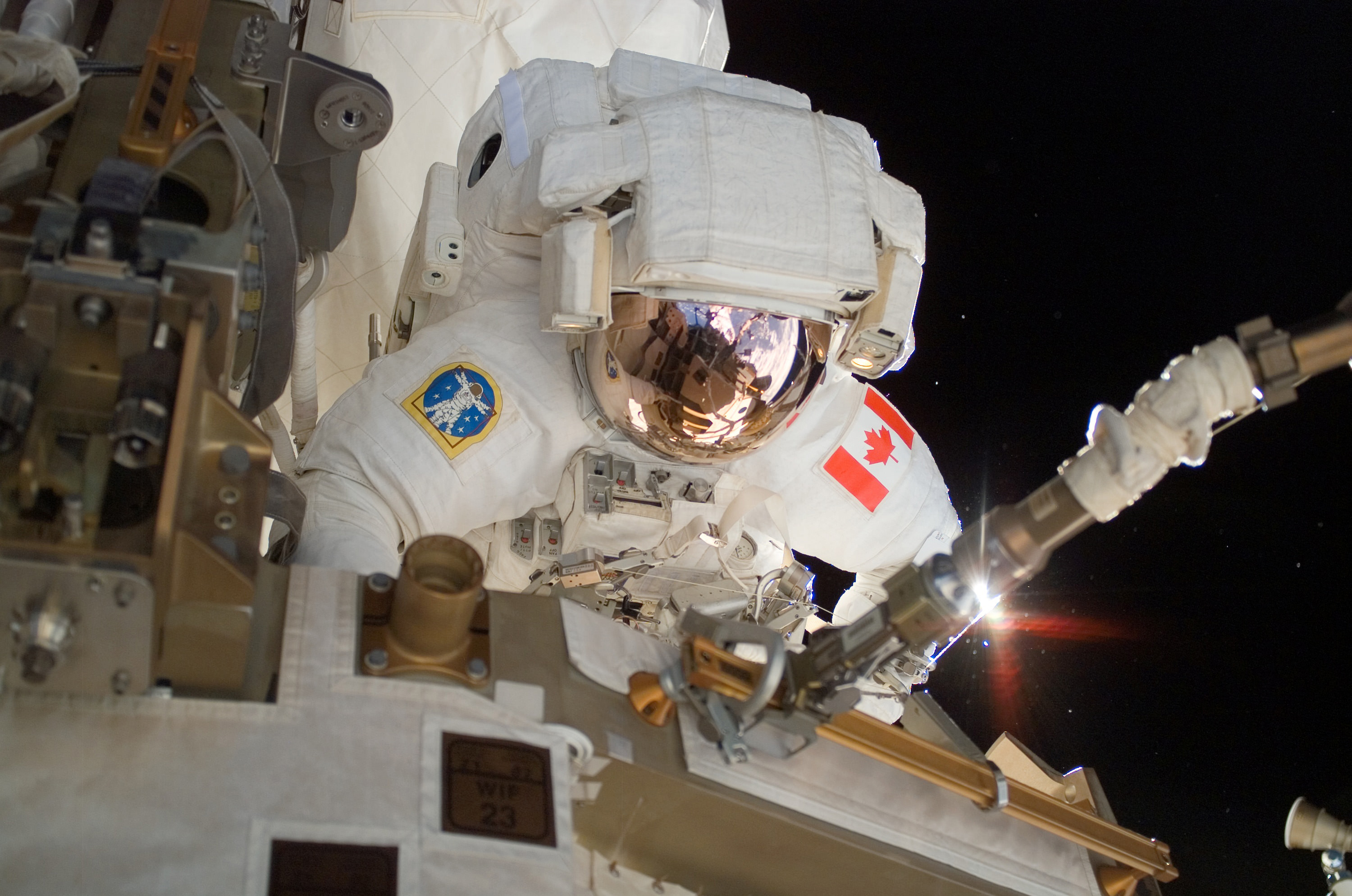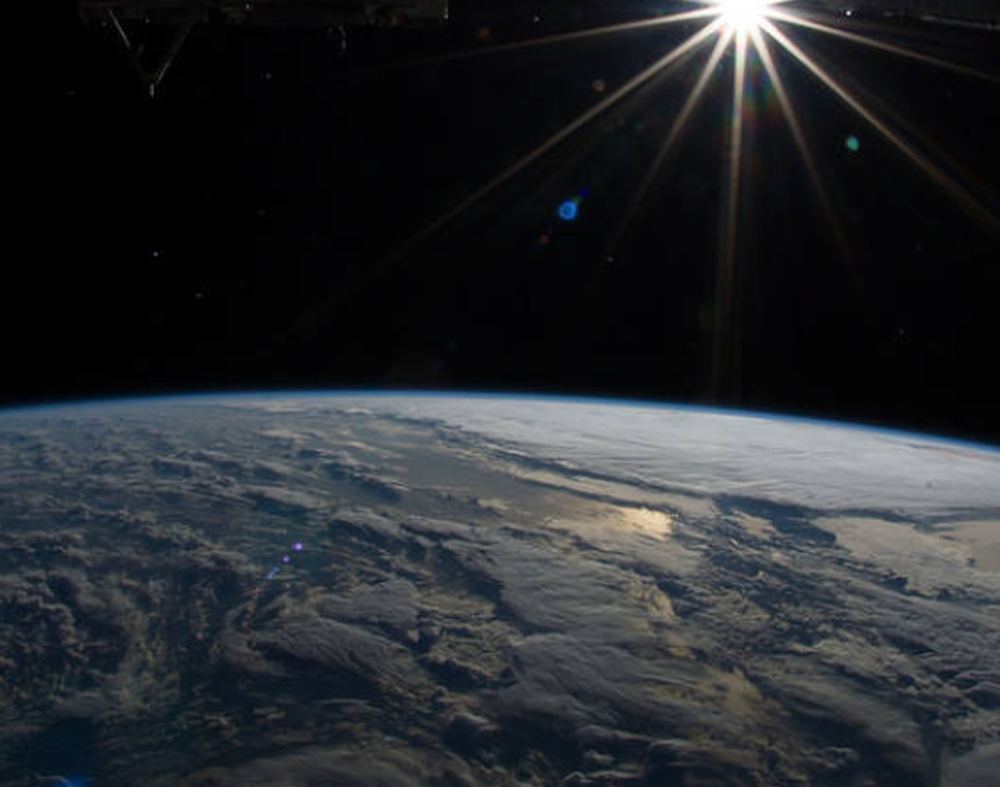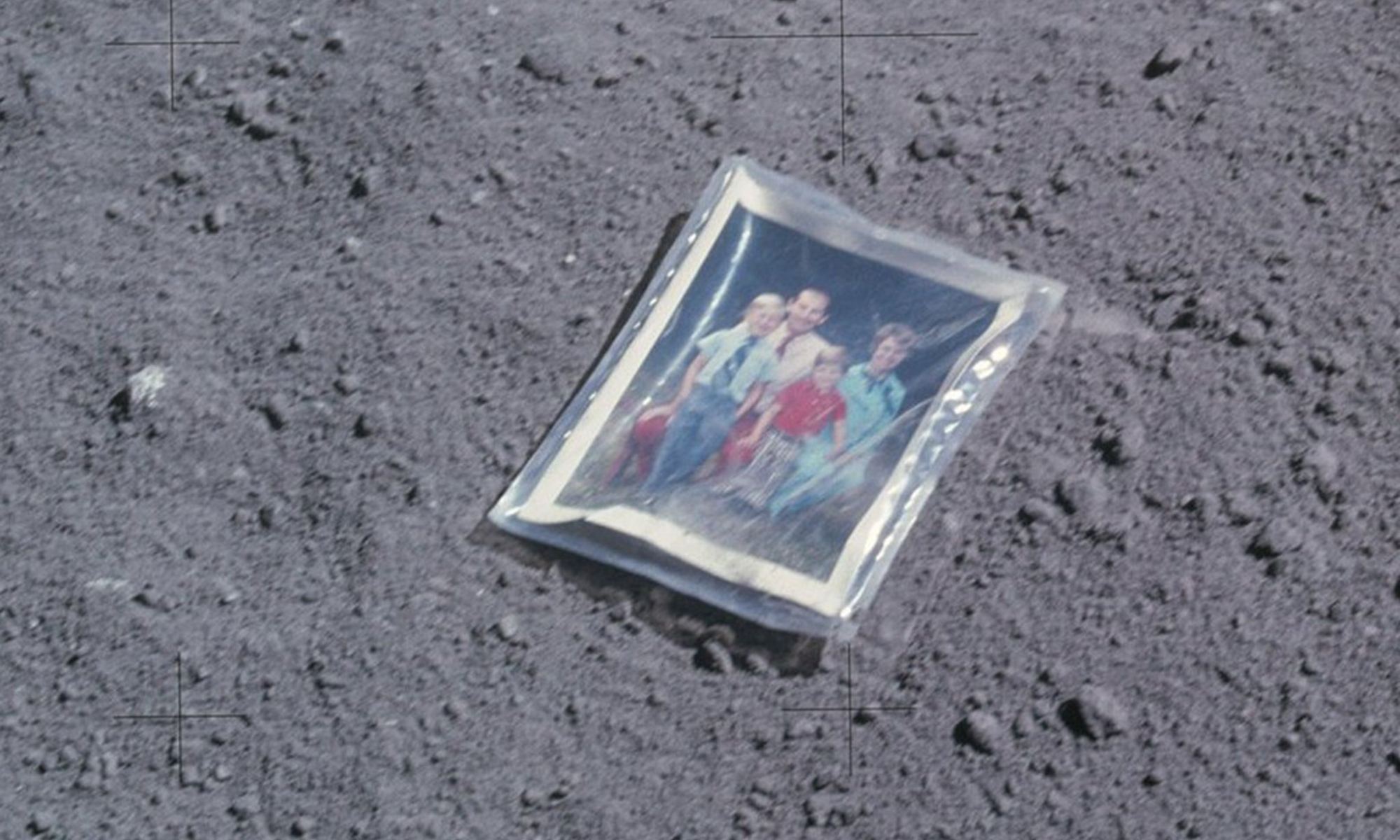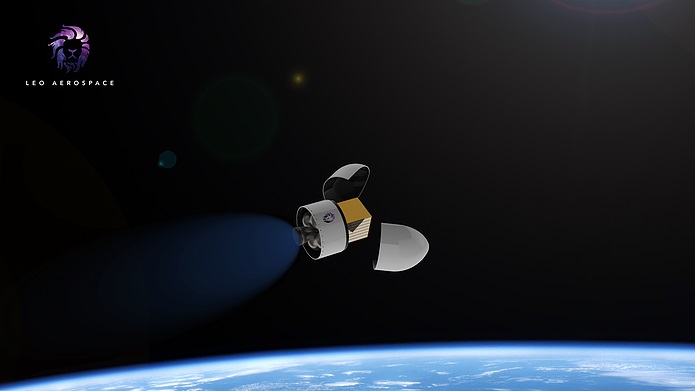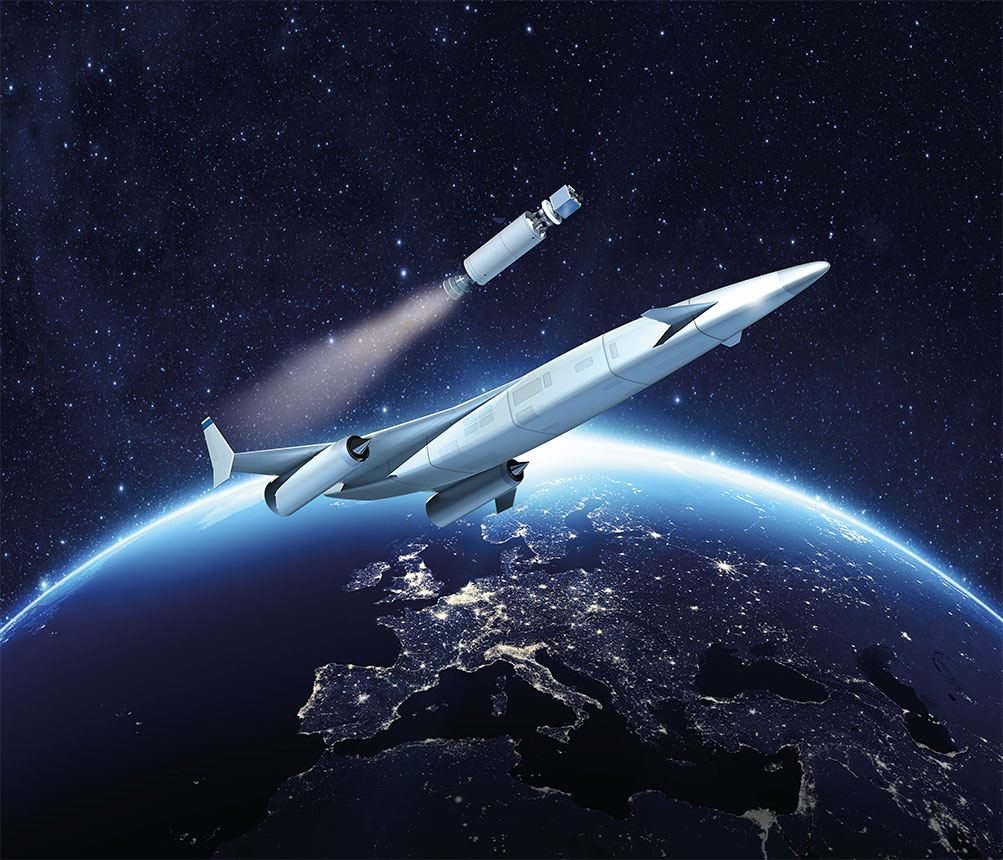The development of the Starship – SpaceX’s super-heavy launch system that will take cargo and crews to orbit, the Moon, and even Mars – has been fraught with setbacks and frustration. But Musk has no intention of stopping and is even planning ahead for the day when the Starship and Super Heavy are making regular flights.
In keeping with this, SpaceX recently released a Payload User’s Guide for consumers that lays out what kind of services the launch system will provide – once it’s up and running. While no price points have been established yet, the guide provides a good summary of the Starship’s technical specifications and capabilities.
Continue reading “Want to Buy Flights on Starship? Here’s the New SpaceX Payload User’s Guide, no Prices, Unfortunately”


